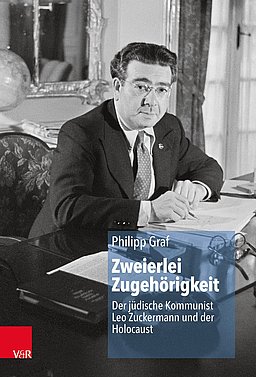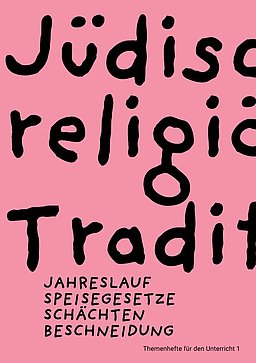Coexistence and Dissonance
The Evolution of a Polish-Jewish Townscape from the Late 19th Century to the Present
The research project explores the development, evolution, and imagination of Poland's Jewish landscape and urban topography since the end of the 19th century and up through the present, focusing on the town of Olkusz, in southern Poland, as a case-study. Combining social history, urban studies, cultural anthropology, and the study of material culture, this research demonstrates the extent to which the material and symbolic transformation of Poland's Jewish spaces shaped everyday Jewish life and reflected the ambivalent relationship between Jews and non-Jews before, during, and after the Holocaust.
This study uses the notion of a spatial palimpsest as a concept that brings together various historical and political contexts into the same analytical and interpretative framework. Adopting a micro-historical perspective and oscillating between different spatial spheres, it zooms in at the highest resolution in order to answer larger key questions, namely: How and in what ways did the events of the long twentieth century influence the construction, configuration, and perception of Jewish space, and What were the spatial practices and mechanisms through which the interethnic relations in former shtetls were shaped, mediated, and remembered?
Contact
Dr. Yechiel Weizman



